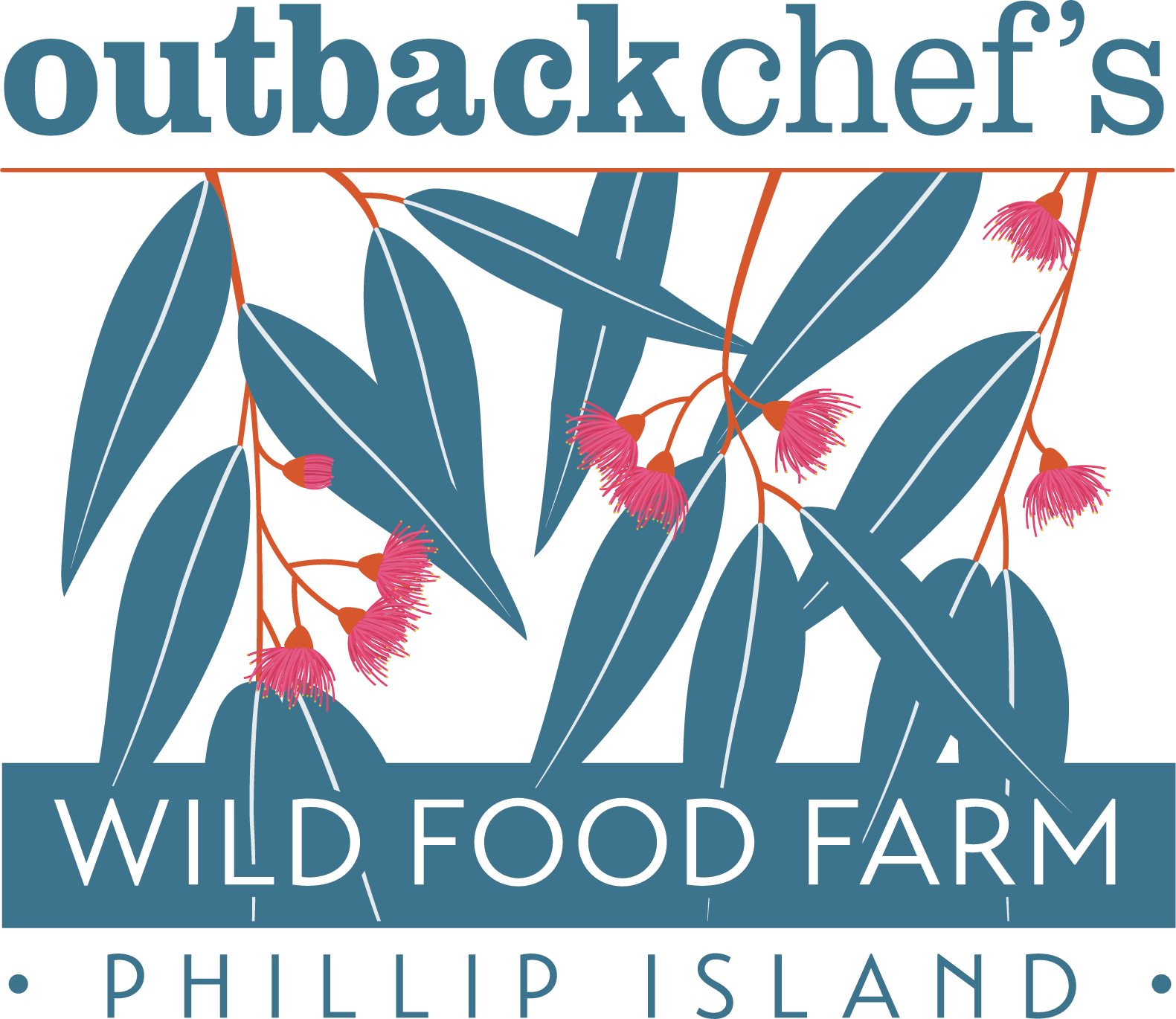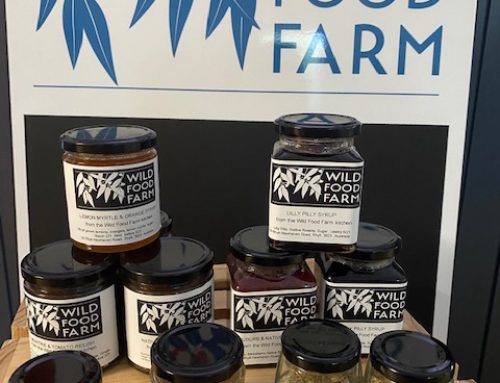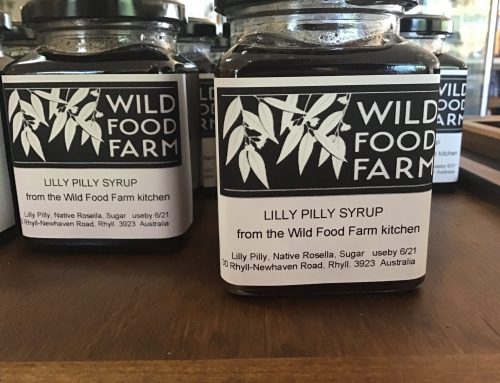Quandongs were a really popular fruit with the early settlers. The pioneering women would make jams and preserves from these tart little fruits.
The Quandong is also known as the Desert or Wild Peach and I’ve heard them called “poor man’s” fruit. This term used to describe a lot of the native fruits as many of the “not-so-well-informed” of the time considered Australian native food of very little nutritional value, obviously research into the Quandong and other species has proved them very wrong. Not only that, but the Aboriginal people have survived and prospered eating only native food.
ABORIGINAL USE
Aboriginal people living in the hot desert climes ate quandongs and considered them an important food source; eaten fresh and dried for eating throught the year, quandongs were considered a great substitute for meat when it wasnt available.
The word Quandong was one of 400 aboriginal words adopted into English from the Wiradjuri languages of south-western New South Wales in 1836.
This amazing, tart fruit has an outstanding anti-oxidant capacity with high levels of folate & vitamin E, plus a good source of magnesium, iron and zinc.
RECIPE LINKS
Try OutbackChef’s Quandong Fruit Paste in your next cheese platter
GROWING QUANDONG
The quandong grows 2-6 metres high. The red fruit is extremely tart.
Quandong is also known as desert peach, native peach or wild peach.
Quandong’s grown naturally in the dry desert areas to the coastal regions of Australia.
The quandong trees are closely related to the Sandalwood trees and do like a hot dry climate, with a high pH soil type, it can grow in saline soils. The soil should be well-drained as the tree can get root rot if not.
The species is parasitic, which means that it attaches itself to a host plant to grow where it can get water and nutrients.
Commercial plantings of Quandong trees are now widely found throughout South Australia. .
HARVESTING
To a fairly large extent Quandongs are still wild-harvested. The fruit has a large stone in the middle and this is cut out by hand or in some cases cutting machines are used.
Quandong stones have been favoured by indigenous women to make necklaces and recently there has been a growing market world-wide for these stones for jewellery making. The Quandong seeds, or stones as they’re often known, has also been used for Chinese Checkers.
HEALTH BENEFITS OF QUANDONGS
Quandong is a good source of phenolic-based antioxidants, it has vitamin E, folate, zinc, magnesium, calcium and iron at levels higher than the blueberry, which is considered the benchmark. Quandongs are also extremely high in Vit C.
The Rural Industries have done a lot of research on many of the species that are now becoming popular in the Australian market. Quandong










Leave A Comment
You must be logged in to post a comment.